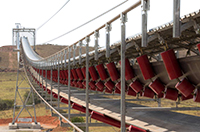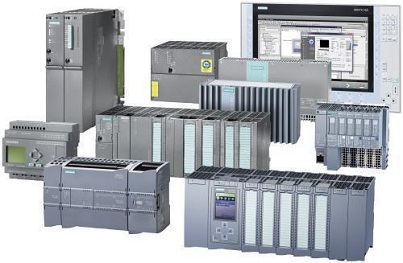With the rapid rise of the industrial control industry, Siemens PLC has gradually developed in the development of variable frequency speed control technology. The analog quantity is controlled, and the use of the Siemens PLC analog quantity control module is also increasingly widespread. Then PLC analog quantity control in the application of frequency conversion speed regulation:
When designing a control system or retrofitting an existing equipment, it is often necessary to control the speed of the motor. It is economical and simple to use the output of the analog control module of the PLC to control the speed of the inverter. method.
The PLC includes many special function modules, and the analog module is one of them. It includes a digital to analog conversion module and an analog to digital conversion module. For example, the digital-to-analog conversion module can convert a certain digital quantity into a corresponding analog (voltage or current) output, which has high precision.
The main problem that needs to be solved by statistical PLC analog quantity control
(1) Gain and offset adjustment of analog modules
The gain of the module can be set to any value. However, if you want to get a resolution of up to 12 bits, you can use 0~4000. As shown in Figure 3, we use a digital output of 0~4000 corresponding to a voltage output of 0~5V. Of course, we can adjust the offset of the module, for example, the digital quantity 0~4000 corresponds to 4~20mA.
(2) Selection of analog module output signal
By selecting the analog module connection terminal, you can get two kinds of signals, 0~10V or 0~5V voltage signal and 4~20mA current signal. Here we choose a voltage signal of 0~5V for control.
Foshan Lujia Electromechanical Trading Co., Ltd. has made breakthroughs and innovations in various fields of industry around the automation control and electric drive solutions. It has made considerable progress and progress, and accumulated rich engineering experience and achievements.








